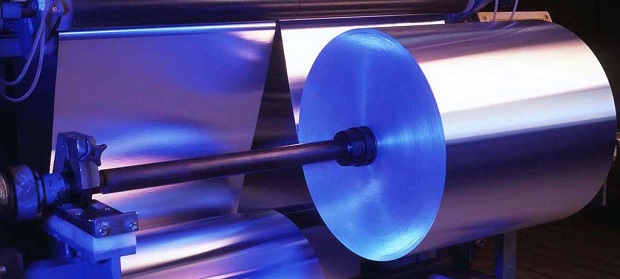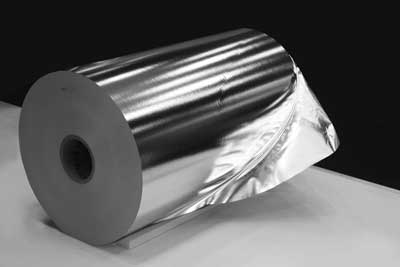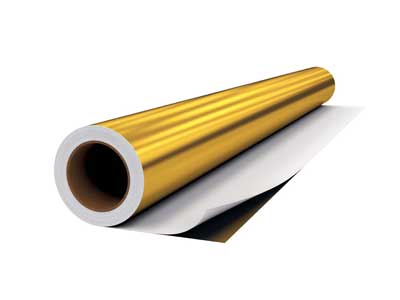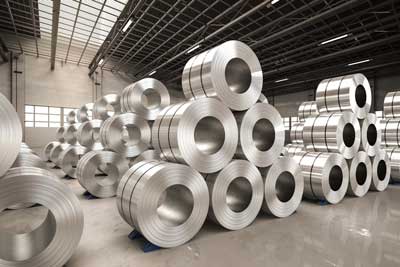The Evolution of Packaging Materials: A Historical Overview
 The history of packaging materials is a fascinating journey through time. From the first clay pots to modern lightweight packaging solutions, the sector has continuously evolved to meet the changing needs of society. Initially, packaging primarily served to protect and store food and goods. With the industrial revolution, the era of mass production began, along with the need for more efficient packaging and transportation of products. This development led to the emergence of new materials and technologies that were not only functional but also cost-efficient.
The history of packaging materials is a fascinating journey through time. From the first clay pots to modern lightweight packaging solutions, the sector has continuously evolved to meet the changing needs of society. Initially, packaging primarily served to protect and store food and goods. With the industrial revolution, the era of mass production began, along with the need for more efficient packaging and transportation of products. This development led to the emergence of new materials and technologies that were not only functional but also cost-efficient.
 In the 20th century, the packaging industry underwent another transformation. Plastics and other synthetic materials entered the scene, revolutionizing the market with their diverse properties. However, with the rise of environmental consciousness and sustainability efforts, many began to question the impact of these materials on the environment. This led to a renewed thinking and the search for more eco-frieandly alternatives.
In the 20th century, the packaging industry underwent another transformation. Plastics and other synthetic materials entered the scene, revolutionizing the market with their diverse properties. However, with the rise of environmental consciousness and sustainability efforts, many began to question the impact of these materials on the environment. This led to a renewed thinking and the search for more eco-frieandly alternatives.
 Key Factors in Selecting Packaging Materials
Key Factors in Selecting Packaging Materials
When selecting packaging materials, various factors play a crucial role. The most important include durability, cost, environmental compatibility, and efficiency. These factors are particularly relevant when it comes to packaging food and other perishable goods. Durability is essential to ensure that products are protected during transport and storage. Cost is another important factor, especially in a highly competitive market where any saving can be a competitive advantage.
 Environmental compatibility is an increasingly important aspect of material selection. Consumers and companies are more aware of the ecological impacts of their decisions and prefer sustainable solutions. Here, lightweight and flexible materials play a key role. They offer not only cost efficiency and durability but can also be more environmentally friendly, especially if they are recyclable or made from renewable resources.
Environmental compatibility is an increasingly important aspect of material selection. Consumers and companies are more aware of the ecological impacts of their decisions and prefer sustainable solutions. Here, lightweight and flexible materials play a key role. They offer not only cost efficiency and durability but can also be more environmentally friendly, especially if they are recyclable or made from renewable resources.
“The right packaging can make the difference between the success and failure of a product.” – Jane Doe, expert in materials science
Technological Advances in the Packaging Industry
Technology in the packaging industry has rapidly evolved. New materials and processes enable the production of packaging that is both lightweight and strong. These advances are crucial for the development of more environmentally friendly and cost-efficient solutions. A prime example of such innovations is lightweight and flexible materials, which find application in various industries.
One of the most notable examples of such materials is aluminum foils. These thin but durable foils offer an excellent barrier against air, moisture, and light, making them ideal for food packaging. Their lightness and flexibility enable the creation of packaging designs that are both attractive and functional. Moreover, they are recyclable, making them an environmentally friendly option.
Applications of Lightweight and Flexible Materials
Lightweight and flexible materials are used in a variety of applications. Here are some examples:
- Food Packaging: These materials protect food from environmental influences and extend their shelf life.
- Pharmaceutical Packaging: They provide protection for sensitive medical products.
- Electronic Devices: Flexible materials are used to protect sensitive components in electronic devices.
- Transport and Logistics: They facilitate transport and reduce overall weight, which in turn lessens environmental impacts.
- Cosmetics Industry: Packaging in this industry benefits from the aesthetics and functionality of these materials.
These examples demonstrate the versatility of lightweight and flexible materials and how they contribute to protecting and presenting products across various industries.
Table: Comparison of Various Packaging Materials Material
| Material | Weight | Cost | Environmental Friendliness |
| Plastic | Light | Low | Variable |
| Paper | Medium | Medium | High |
| Glass | Heavy | High | Medium |
| Aluminum Foil | Very Light | Medium | High |
This table provides an overview of the properties of various packaging materials. It shows that lightweight and flexible materials like aluminum foils offer a balanced combination of weight, cost, and environmental friendliness.
The Impact of Packaging on the End Consumer
Packaging plays a crucial role in the consumer’s perception of a product. Attractive packaging can positively influence the purchasing decision. Studies show that consumers increasingly value environmentally friendly packaging. This trend is reflected in the growing demand for sustainable packaging solutions.
In addition to aesthetics and environmental compatibility, functionality is a decisive factor. Packaging that is easy to open, use, and dispose of improves the user experience and promotes brand loyalty. In this context, lightweight and flexible materials offer a clear advantage.
Conclusion: The Future of Packaging Materials
In conclusion, the packaging industry is in an exciting phase of development. The combination of technological progress, environmental awareness, and consumer requirements drives the search for innovative, sustainable packaging solutions. Lightweight and flexible materials are at the forefront of these efforts, offering an excellent balance between functionality, aesthetics, and environmental compatibility.
The future of packaging materials will undoubtedly be shaped by further innovations and improvements in this area. Companies that recognize and implement these trends will have a decisive advantage in the competition.




Comments are closed.